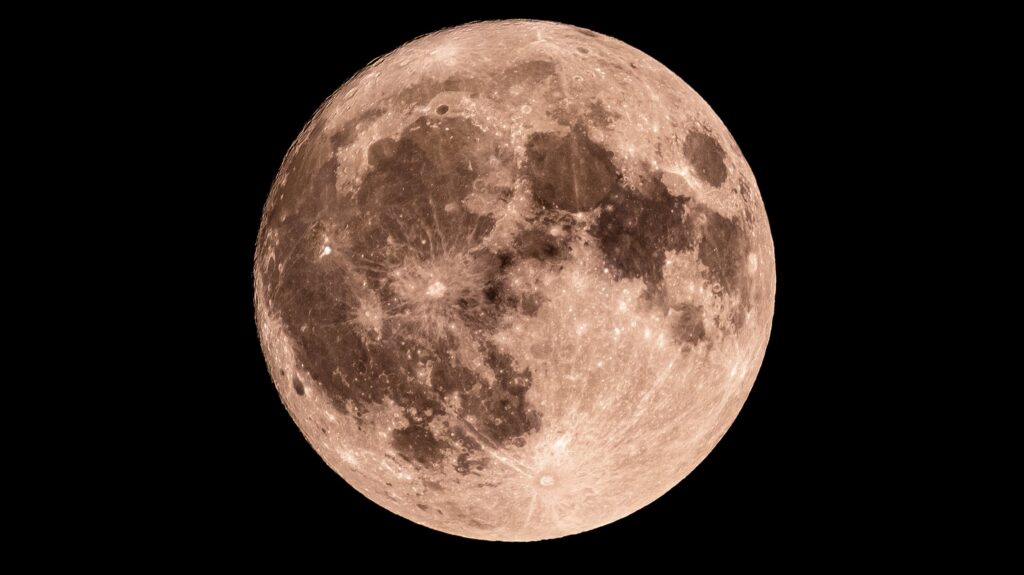
The moon phase on October 4, 2023, is a Waxing Gibbous, with 91% of its surface illuminated. This celestial event coincides with International Observe the Moon Night, celebrated by astronomy enthusiasts and casual observers alike. NASA invites everyone to engage with the night sky and explore the cultural and personal significance of the Moon.
As the moon approaches its full phase, which will occur on October 7, stargazers can identify several notable lunar features tonight. The Copernicus Crater, Mare Serenitatis, and Mare Fecunditatis are all visible to the naked eye. For those equipped with binoculars, additional sights include the Apennine Mountains, Alphonsus Crater, and Clavius Crater. Telescopes will reveal even more, including the historic Apollo 11 landing site, Reiner Gamma, and the Descartes Highlands.
Understanding Moon Phases
NASA explains that the moon cycles through various phases as it orbits Earth every 29.5 days. These phases result from the changing angles among the Sun, Moon, and Earth. While the same side of the Moon always faces our planet, the illumination we see varies based on its orbital position.
The primary phases of the Moon include:
– **New Moon**: The moon is positioned between Earth and the Sun, rendering it invisible from our perspective.
– **Waxing Crescent**: A small sliver of illumination appears on the right side in the Northern Hemisphere.
– **First Quarter**: Half of the Moon is lit, creating the appearance of a half-moon.
– **Waxing Gibbous**: More than half of the Moon’s surface is illuminated, but it is not yet full.
– **Full Moon**: The entire face of the Moon is visible and fully illuminated.
– **Waning Gibbous**: The Moon begins to lose light from the right side.
– **Last Quarter (or Third Quarter)**: Another half-moon, but now illuminated on the left side.
– **Waning Crescent**: A thin sliver of light remains on the left before the Moon becomes dark again.
This evening presents an excellent opportunity for both seasoned astronomers and novices to appreciate the beauty of the Moon and its phases. As you gaze at the night sky, consider the connections we share with this celestial body, which has inspired cultures and individuals throughout history.







